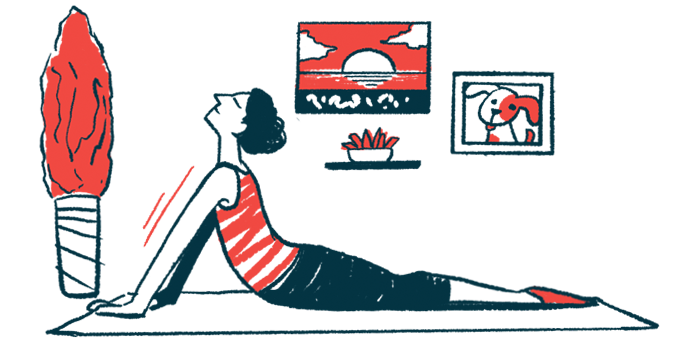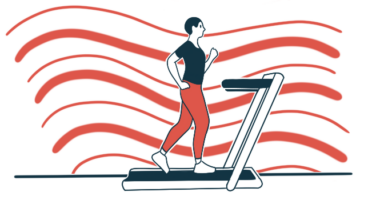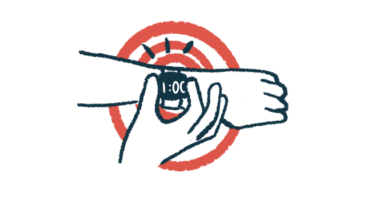Two Exercise Programs Improve Dexterity, Quality of Life: Study

Two different types of rehabilitation-focused exercise programs — activity-based training and strength exercises — improved measures of dexterity and upper limb function in a small clinical trial of people with Parkinson’s disease.
The study, “Effect of Activity-Based Training Versus Strengthening Exercises on Upper Extremity Functions in Parkinson’s Patients; A Randomized Controlled, Single Blind, Superiority Trial,” was published in Clinical Neurology and Neurosurgery.
Parkinson’s motor symptoms, such as resting tremor, bradykinesia (slowness of movement) , or postural instability, significantly affect upper extremity functions, dexterity, and activities of daily living. For this reason, rehabilitation programs “should be implemented in addition to pharmacological treatments to improve the dexterity and functional activities” of those with Parkinson’s, the researchers wrote.
A team of Turkish researchers enrolled 40 adults with idiopathic (non-familial) Parkinson’s. The participants were randomly assigned to one of two types of training, done five days a week for six weeks.
One intervention, called activity-based training (ABT), involves a series of exercises that are broadly intended to help patients practice doing activities they might encounter in daily life. For example, patients might work on manipulating door handles and locks, using scissors, or fastening buttons. Along with directly practicing day-to-day tasks, the intervention involves a number of exercises aimed at improving dexterity and hand-eye coordination.
The other intervention, called strengthening exercise (SE), was a more conventional regimen targeting the upper arms and consisting of lifting weights. Both interventions were done under the guidance of expert therapists.
At the start and end of the study, participants underwent a number of standardized measures of coordination and hand function. In particular, the Nine Hole Peg Test (9HPT) and Jebsen Taylor Hand Function Test (JTHFT) were used to measure upper arm function and dexterity.
Overall scores on both the 9HPT and the JTHFT improved significantly following the exercise interventions with no significant differences between them. Some subscores on the JTHFT — specifically reflecting participants’ ability to grip and lift light objects — were significantly better in the ABT group compared to the SE group.
Other measures of disability and quality of life also generally improved after the interventions with no notable differences between the groups. This finding “emphasizes the importance of rehabilitation on quality of life,” the researchers wrote.
“Our results showed that both SE and ABT programs had positive effects on hand dexterity, motor functions and grip strengths … quality of life, and the level of disability in IPD [idiopathic Parkinson’s disease],” the scientists concluded.
The researchers noted that the study was small and that more research was needed to identify the best strategies for improving Parkinson’s patients’ physical functioning abilities.







